 |
Sega Mark III \ Master System
| Type |
Console |
Developer |
Sega |
| Release Date |
1985-Oct-20 |
Region(s) |
Japan, North America, Europe, South America |
| Initial Price |
$199 USD |
Games Released |
318 |
|
 |
 DW FACTS DW FACTS
by Dark Watcher |
To compete with the Nintendo Famicom in Japan, Sega released the successor to the
Mark I/II and called it Sega Mark III in 1985.
The Mark III could produce great 8 bit graphics with specs superior to the Famicom. The console had two game formats which were
cartridges and a Sega "Game Card" format. The cards held only 256K of data (cartridges held over 4 times that amount), but the
advantage to both Sega and the consumer was the fact that the cards were cheaper to manufacture and sold for less than the carts did. Sega also introduced 3D glasses that could be used in some of their games. The Mark III was also backwards compatible with SG-1000 /
Mark I & II software.
When Nintendo released the Famicom (NES) to America in 1986, Sega had no intentions of letting their rival get all the market share. They
redesigned the Mark III and changed the name to the Sega Master System (SMS). They approached Tonka Toy Distribution to market the SMS,
with the console being released three months after the NES in 1986.
Although the SMS was an impressive machine, it did not reach the level of success that the NES gained in America. The two reasons for
this were poor marketing by Tonka Toys and software restrictions implemented by Nintendo to third party developers. Third party developers were contractually prohibited from making games for any rival company. This meant that once a
company had made a game for the obviously popular NES, they weren’t allowed to make any games at all for the SMS. As a result, the
only outside developers for the SMS were Activision and Parker Brothers (though Sega did receive permission to "reprogram" numerous
games developed by other companies). Sega did the rest of the games themselves. |
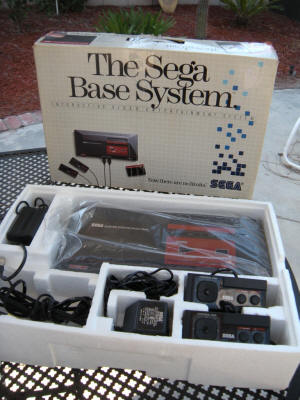 |
Some of Sega's best games started this way. The Popular RPG series "Phantasy Star" made its first appearance on the Sega Master
System. The SMS may not have been as successful as the NES in America, but overseas was another story. The SMS was extremely popular
in the UK and Brazil where games were released into the the late 1990s. The SMS succeeded overseas because it was much cheaper than the
pricey NES.
The SMS was re-released as the Sega Master System II in 1990 with a reduction in features to save money. The card port was cut, as was
the power light and Sega logo and music upon starting the machine. Tectoy, the licensed distributor in Brazil, is still selling
this popular machine to this very day.
FACT: The Sega Master System featured a built in secret game. Turn the system on without a cartridge inserted, when the instructions
pop up hold the D-pad up and push buttons 1 and 2. In the game your goal is to guide a small snail through a series of different maze
levels. Not much play value, but it's a nice extra to have. The Sega Master System II was another story - it included
a built-in freebie called Alex Kidd in Miracle World. |
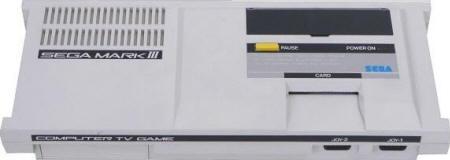 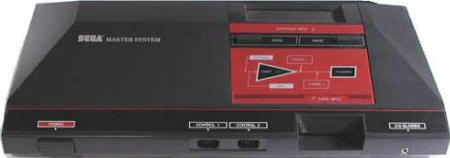
|
 MODELS MODELS
Officially licensed releases |
Sega Mark III
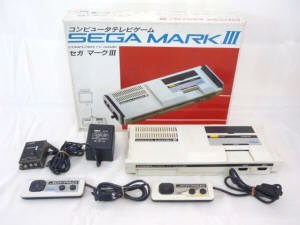 |
Sega Master System
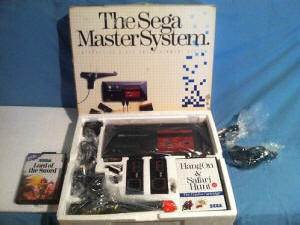 |
Sega Master System II
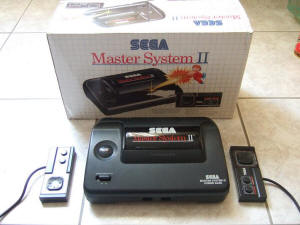 |
Sega Game Box 9
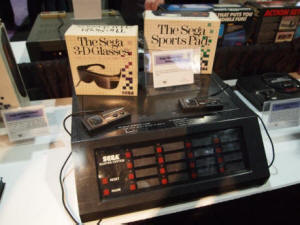 |
Tec Toy Master System
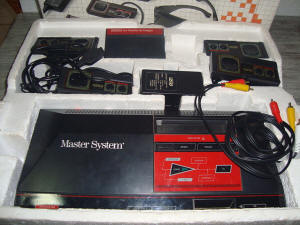 |
Tec Toy Master System II
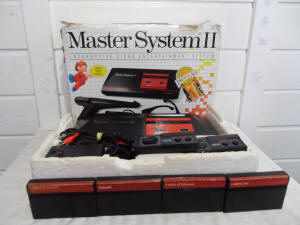 |
Tec Toy Master System III Compact
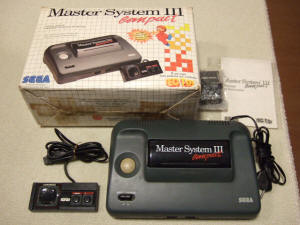 |
Tec Toy Master System Super Compact
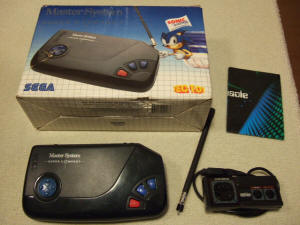 |
Tec Toy Master System Girl
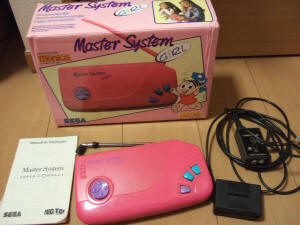 |
Samsung
Gam*Boy
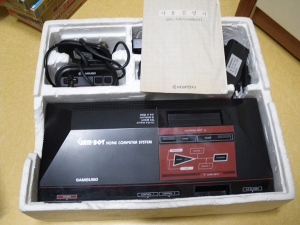 |
Samsung
Gam*Boy II
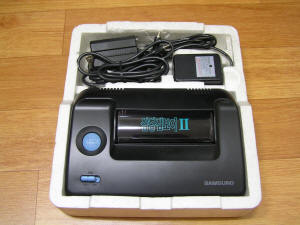 |
Samsung
Aladdin Boy
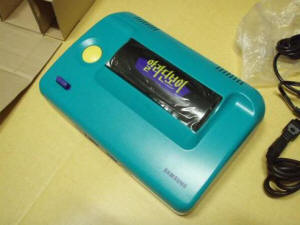 |
|
Images of the Samsung models courtesy of
Scanlines16.com |
|
|
 CLONES CLONES
Non-licensed hardware releases |
Though Sega granted licenses to a great many companies, there are probably some clones of this popular system floating around out
there in the wild.
|
 FORMAT, PACKAGING & GENERAL INFO FORMAT, PACKAGING & GENERAL INFO
Interesting facts on software for this system |
Software for the Sega Mark III / Master System was distributed on two different types of the ROM format: standard game cartridges and Sega
Game Card.
Resembling a credit card,
Sega Game Cards were significantly smaller than their standard sized brethren in both dimension and data capacity. This format was introduced as a cost savings measure for developers, but was quickly phased
out due to the inability to house the more advanced games of the system.
The release of this system also introduced the public to the popular plastic 'clam shell' game box. These nearly
indestructible cases set a new standard for game packaging, providing excellent protection for its contents as well as a large
canvas for marketing gurus to advertize the respective title. |
applemctom's Games that
Defined Compiliation
|
|
Sega Master System Game Boxes (North America)
         
         
|
|
|
 SCREENSHOTS SCREENSHOTS
Captured in-game images |
Air Rescue
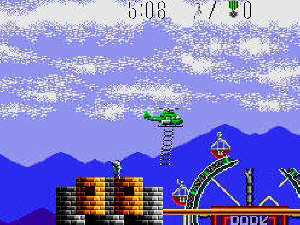 |
Aladdin
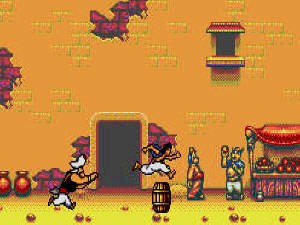 |
American Baseball
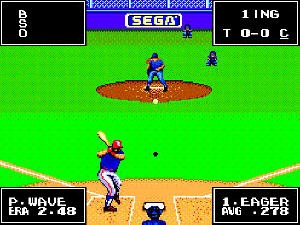 |
Andre Agassi Tennis
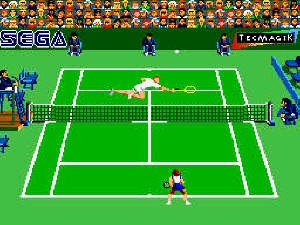 |
Assault City
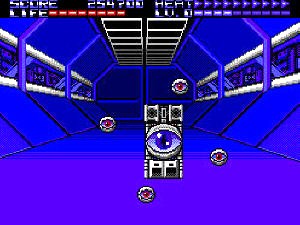 |
Back to the Future 3
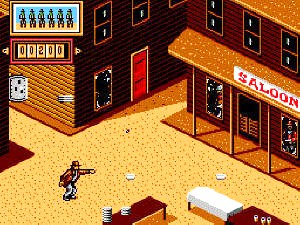 |
Batman Returns
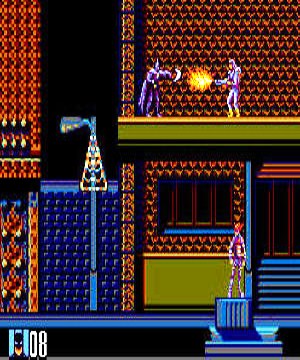 |
Castle of Illusion
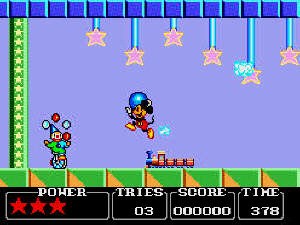 |
Championship Hockey
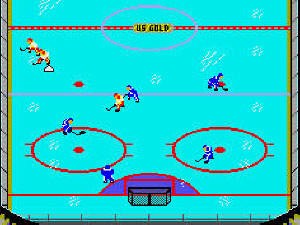 |
Danan: The Jungle Fighter
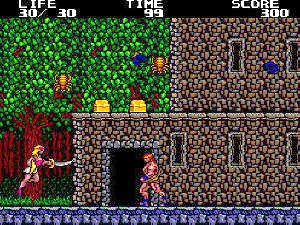 |
Dynamite Duke
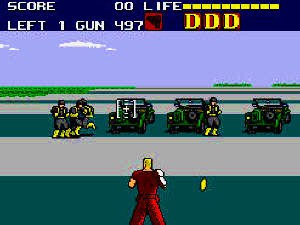 |
Fantasy Zone 2
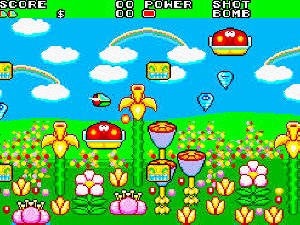 |
Forgotten Worlds
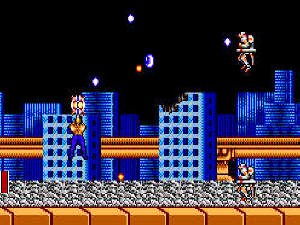 |
George Foreman's KO Boxing
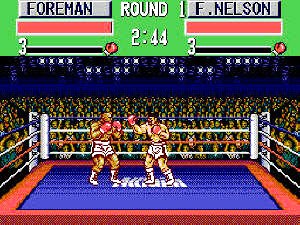 |
G-Loc Air Battle
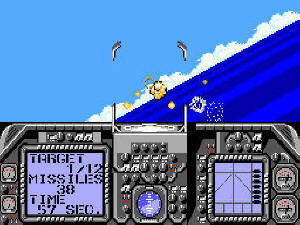 |
Golden Axe
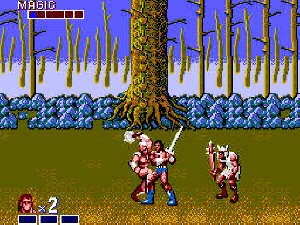 |
Golf Mania
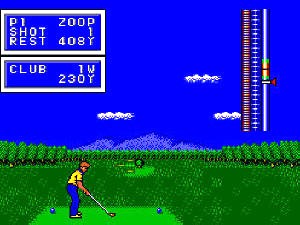 |
GP Rider
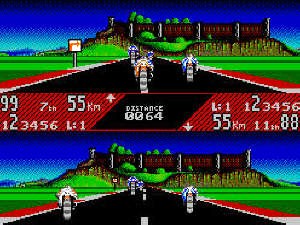 |
Great Basketball
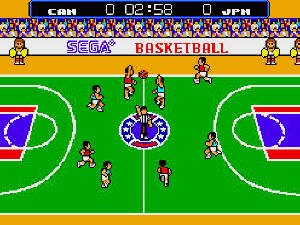 |
Hook
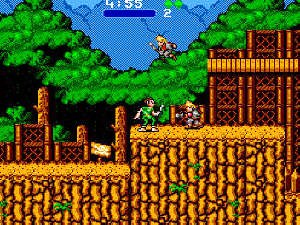 |
Impossible Mission
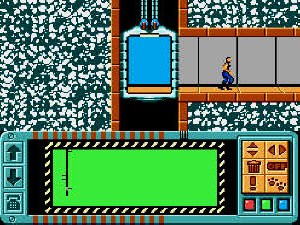 |
Joe Montana Football
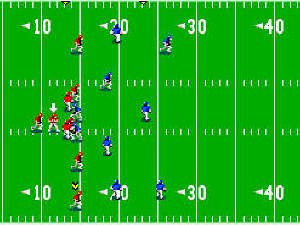 |
Marble Madness
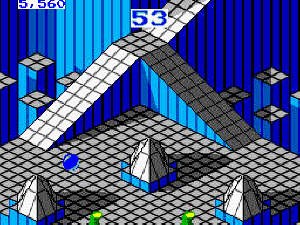 |
Masters of Combat
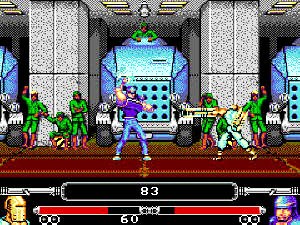 |
Michael Jackson's Moonwalker
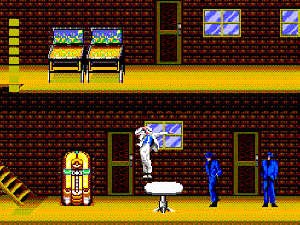 |
Missile Defense 3D
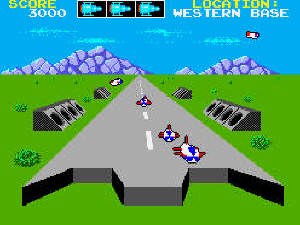 |
Ninja Gaiden
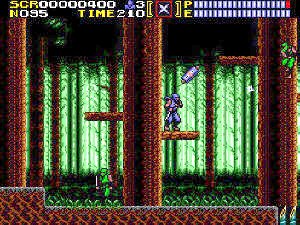 |
Olympic Gold
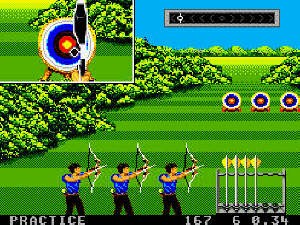 |
Outrun Europe
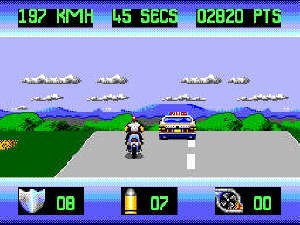 |
Paper Boy
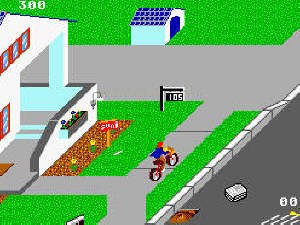 |
Phantasy Star
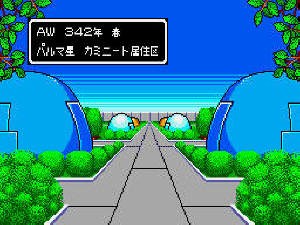 |
Prince of Persia
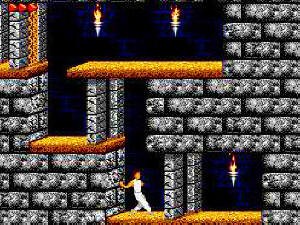 |
Rambo 3
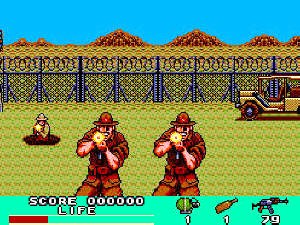 |
Shinobi
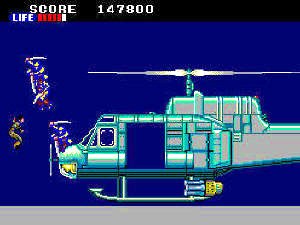 |
Sonic the Hedgehog
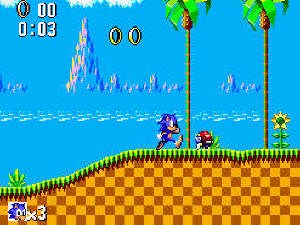 |
Space Harrier 3D
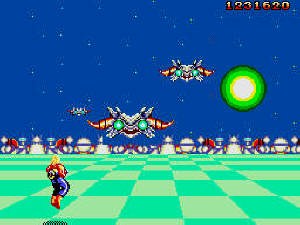 |
Streets of Rage 2
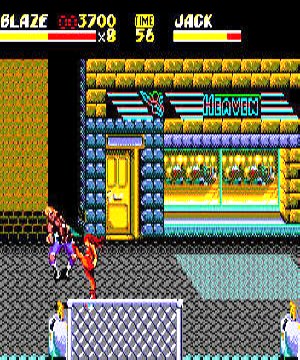 |
Tecmo World Cup 93
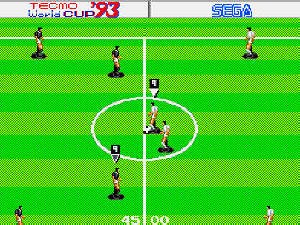 |
Vampire: Master of Darkness
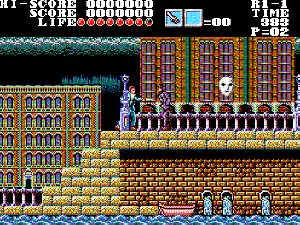 |
Wonderboy in Monsterland
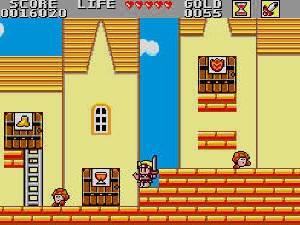 |
Y's
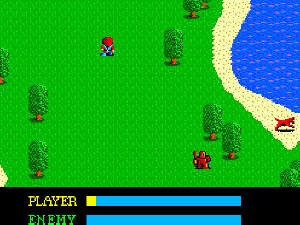 |
Zillion 2
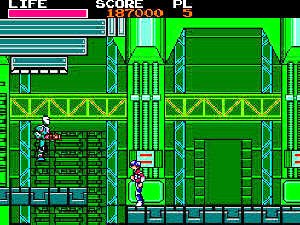
|
|
|
 EMULATION EMULATION
First and third party system emulators |
MEKA
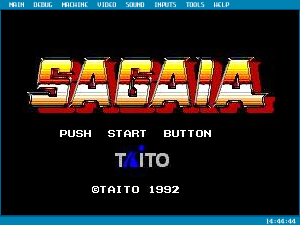 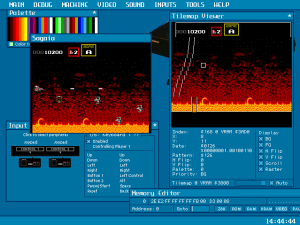
A great emulator for this console. This emulator is
Windows based,but there is a DOS version also
available.
|
 SPECS & MANUALS SPECS & MANUALS
For the hardware enthusiasts out there - all the detail you\we love. |
| Processor Type |
Processor
Speed |
Other
Processor Information |
RAM \ Video RAM |
| Zilog Z80 (8-bit) |
3.58 MHz (NTSC) \ 3.54
MHz (PAL) |
Texas Instruments
TMS9928A VDP |
8 KB \ 16 KB |
|
Screen Resolution
|
Color Palette
|
Polygons \ Sprites
|
Audio |
| 256x224 (NTSC) \ 256x240
(PAL) |
64 colors (32 on screen) |
16 sprites max |
Texas Instruments SN76489
PSG (4 channel mono), |
|
Media Format
|
Media Capacity
|
Games Released
|
Other Supported Formats
|
|
Cartridge \ Sega Game Card |
256 KB \ 32 KB |
318 |
|
|
Internal Storage
|
External \ Removable Storage
|
Game Controllers
|
Other Game \ Peripheral Devices
|
|
None |
None |
D-Pad (8-way), Two Action
Buttons |
Light Gun, 3D Glasses,
Telecon Pack (Mark III), FM Sound Unit (Mark III) |
| Controller Ports |
Network Ports |
Other Ports
|
Audio \ Video
|
|
Two (2) |
None |
Expansion Port |
RF, Composite |
|
Power Supply - External
|
Other Outputs
|
Other Details \ Notes
|
Input: AC 120V, 60Hz
Output: DC 9V, 1A |
None |
Channel
Switch, Pause button on console |
| Manuals |
Sega Master System Owners Manual - NTSC (PDF) - 1.33 MB
Sega Master System 2 Owners Manual -
PAL (PDF) - 1.74 MB |
|
 OTHER
MEDIA OTHER
MEDIA
Peripherals, Promotions, Commercials, Brochures, Etc. |
|
Sega Mark III \ Master System Television Commercials |
|
|
|
|
|
|
|
|
|
|
Sega Mark III \ Master System Advertisements |
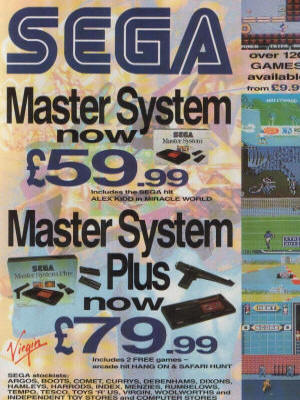 |
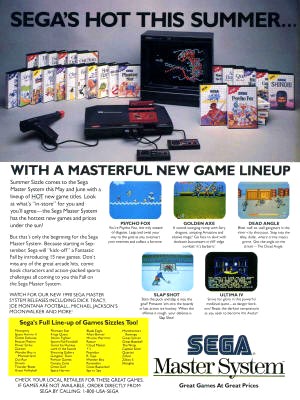 |
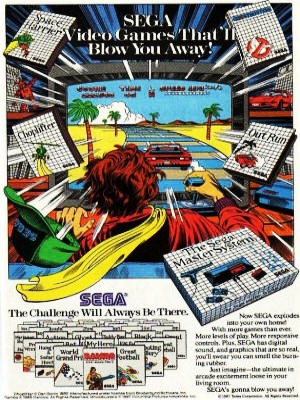 |
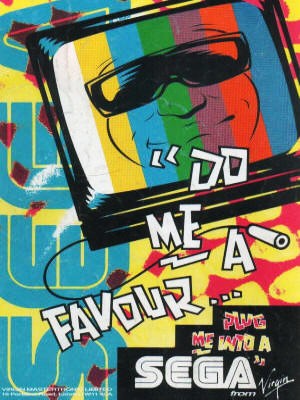 |
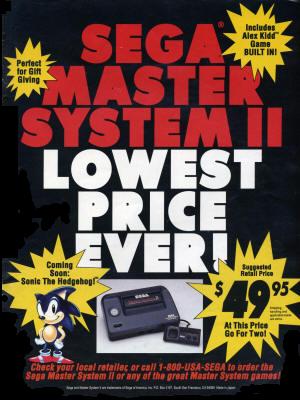 |
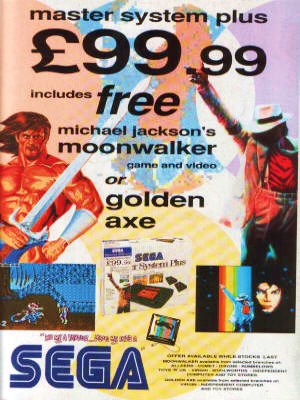
|
 WEB RESOURCES WEB RESOURCES
Highly recommended websites for this system |
Sega-16
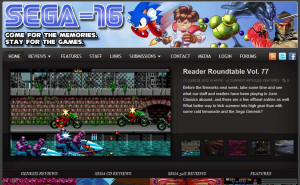
Great site for everything Sega |
Sega Retro
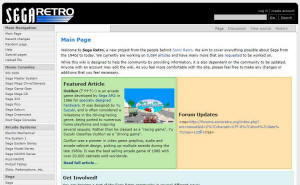
Nice wiki-style site for Sega consoles |
SMS Power
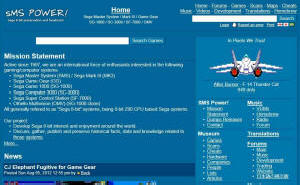
Great site for retro Sega gaming
|
|









 2010s - NOTES
2010s - NOTES


 MODELS
MODELS











 CLONES
CLONES FORMAT, PACKAGING & GENERAL INFO
FORMAT, PACKAGING & GENERAL INFO



















 SCREENSHOTS
SCREENSHOTS









































 EMULATION
EMULATION

 SPECS & MANUALS
SPECS & MANUALS OTHER
MEDIA
OTHER
MEDIA





 WEB RESOURCES
WEB RESOURCES


 DISCUSS
DISCUSS